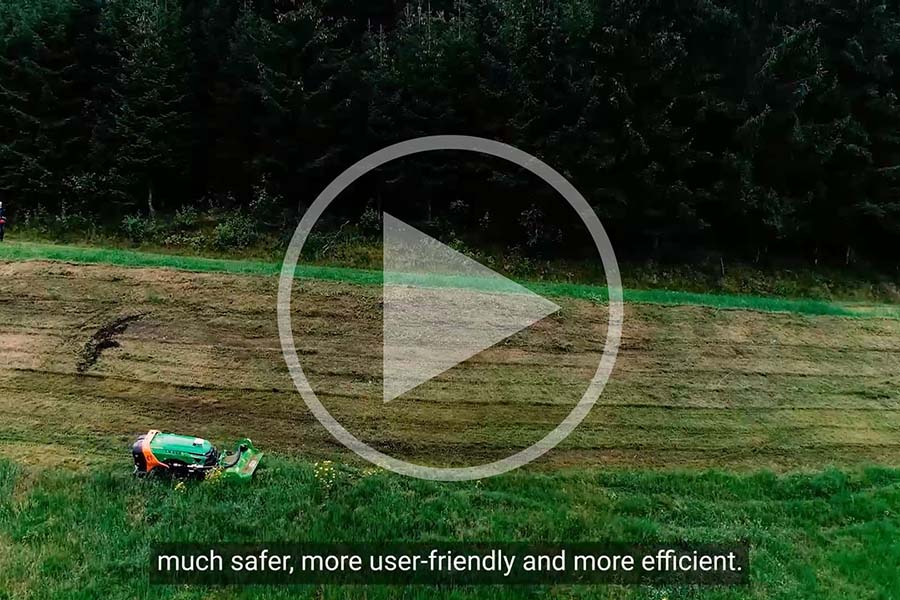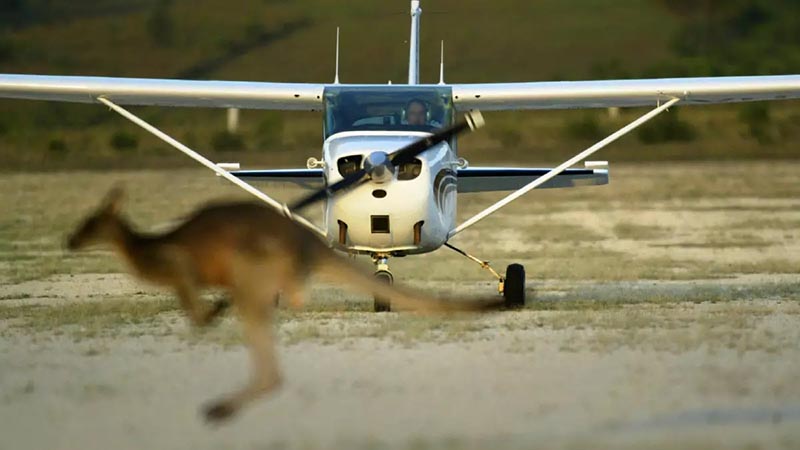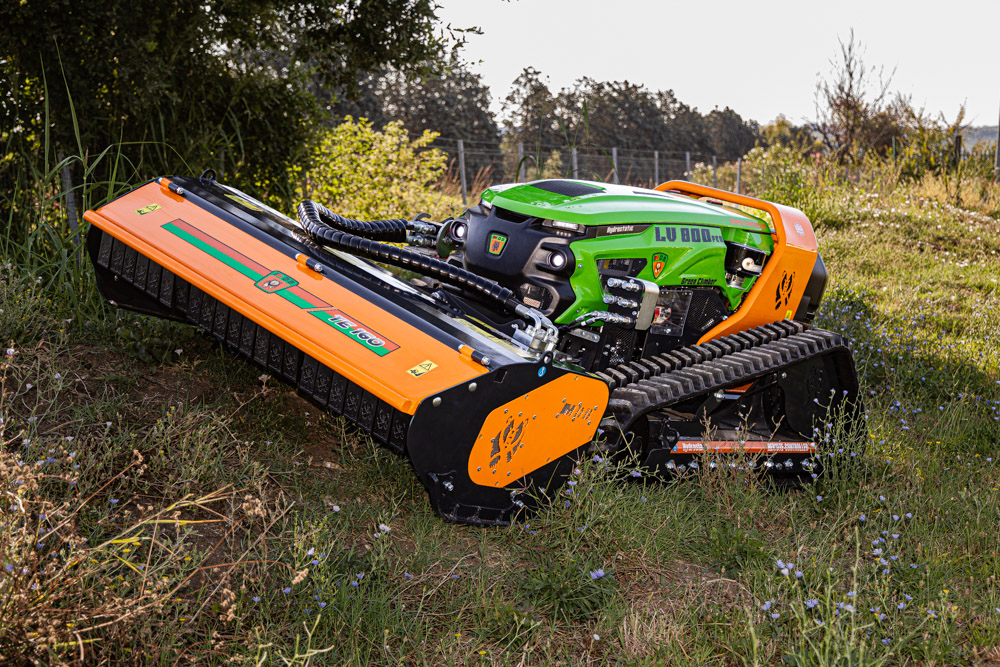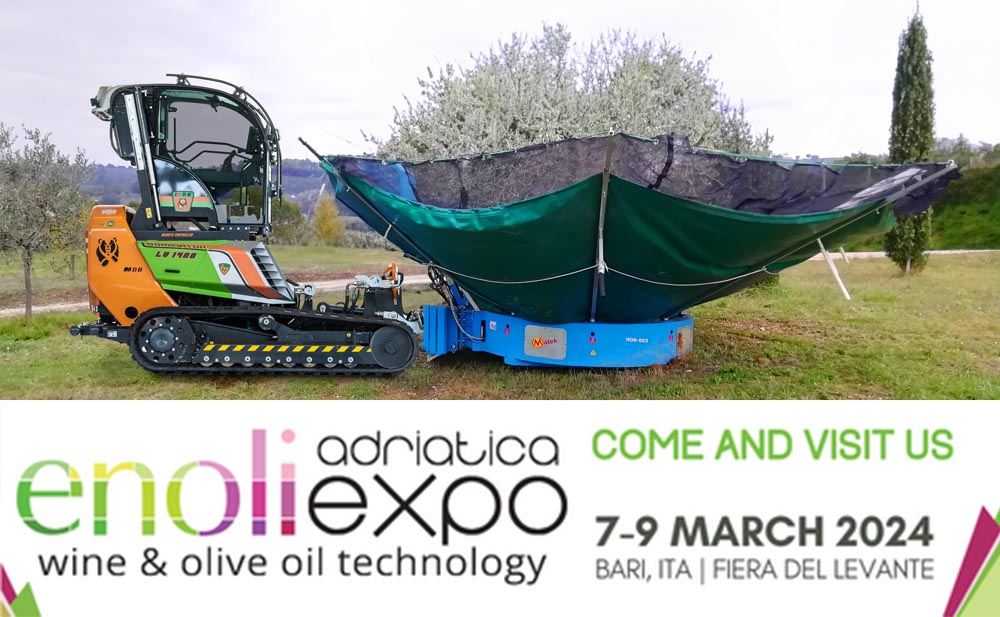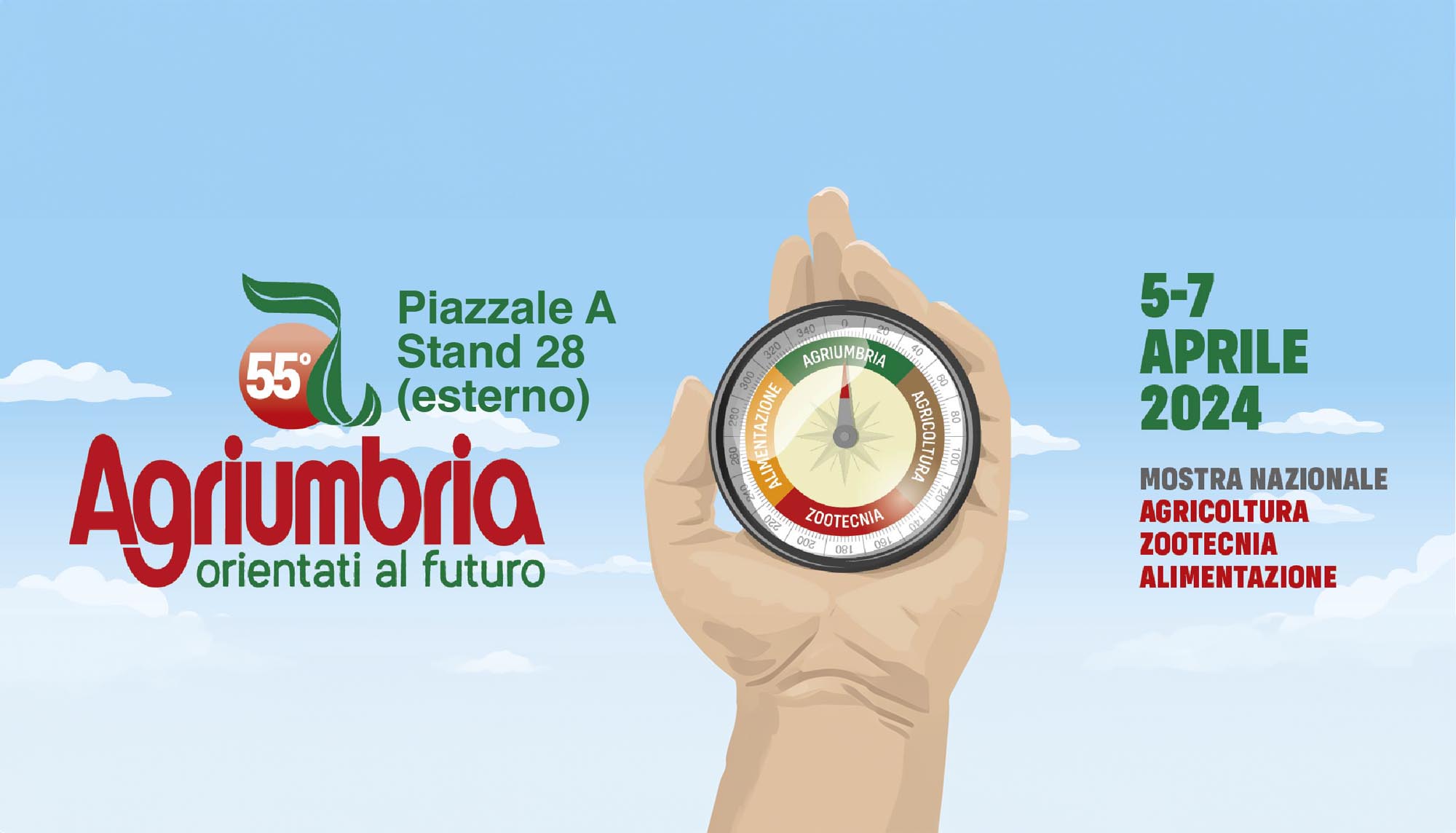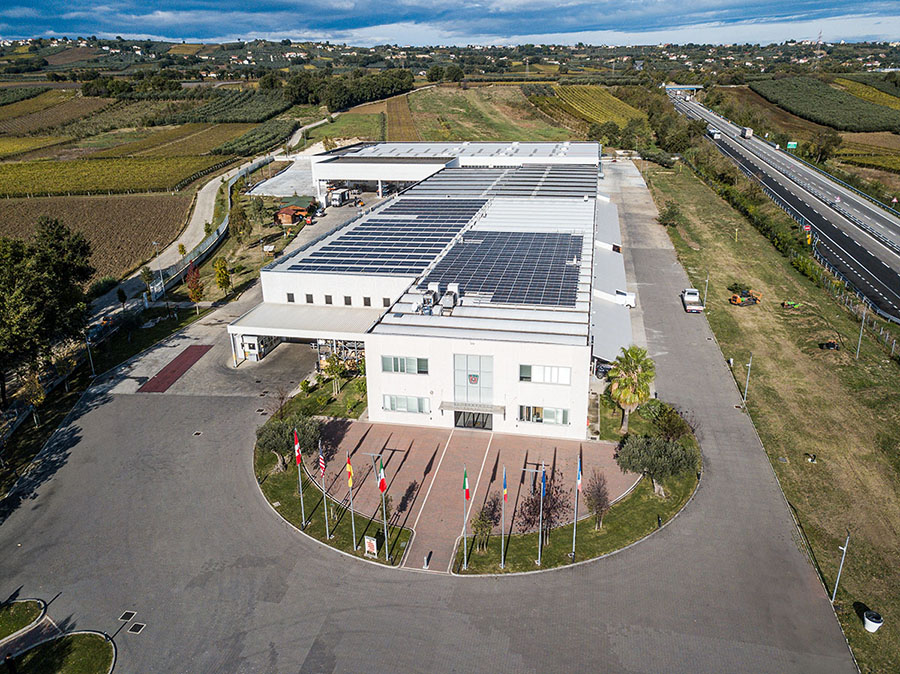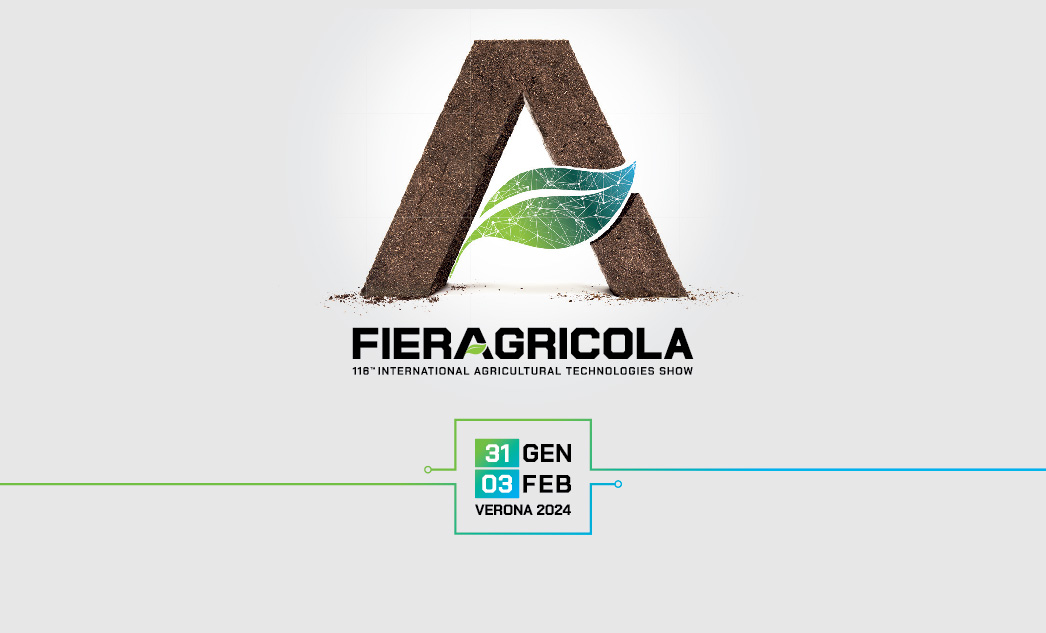Those who have had a chance to visit us at the various trade shows in the past couple of years couldn’t help but notice a lot of clients talking about autonomous vehicles.
Where are we at with the production of this optional? What potentially new applications will this offer in the future? What are the current possibilities? These and other questions are regularly being asked by many around the world. And we are interested in hearing those sorts of questions. The short answer is: we are all learning to walk [autonomously]. This venture is new to all manufacturers, in this case even to all of mankind, and we are only at the start of this progressive movement. We are keenly interested in exploring this avenue and being at the forefront when it comes to these ideas. After all, ideas are what contributed to taking MDB to where it is today. Right now, autonomy on our Green Climber machines already enables the end-user to save a lot of time and stress. However, for this to become standard production, technology needs to become more reliable and “learn” adaptability.
Take for example our autonomous prototype models, on our LV 300 PRO and LV 600 PRO (with the collaboration of SIS Remote technology). It has been a feat of engineering, which gained international attention and won outstanding prizes. The technology on this machine would enable our remote-controlled crawler to work autonomously, once the first run of a certain path has been recorded on the GPS or programmed using mapping technology. The system is linked both to the machine, as well as the remote control, to monitor several indicators map, speed, power, distance, and more details.
However, this brings us to the hurdle that has to be overcome next: how can new obstacles on the programmed path be avoided? Is it necessary for a human to always follow along? What if humans or animals interfere with the direct path of the machine? Will sensors be implemented to bring risks down to 0%? Also, suppose that someone is happy with marking the initial path by walking next to the machine (or programming it in advance) and letting it run autonomously after that: What if something within that path changes, e.g. a rock rolled in its way, a tree fell on its track etc.? The issue can get complex, at best.
As it stands at the moment, we are on the right track, that of making work ever safer and ever more efficient for our worldwide clients. According to this article, written by Tim Knott from Bauhof-Online, who conducted an interview with our CMO Paul Pontecorvo at the BAUMA trade show in late 2022, there are various levels of autonomous driving (currently it is from level 0 to 5). These levels range from needing constant assistance from a human via a remote control (Level 0), all the way to being able to recognise its surroundings and adapt accordingly (Level 5). According to this, we have “started walking” and are on the right track, already allowing our customers to “step off” the tractor and handle things from a safe distance, with a greater view.
We take the opportunity to thank Tim for the interview and recommend heading over to read the article or listen to the podcast. The article has been written in German, however, thanks to the famous [autonomous] translation available to most browsers (Google Chrome has this built-in), this won’t be an issue in this day and age.

